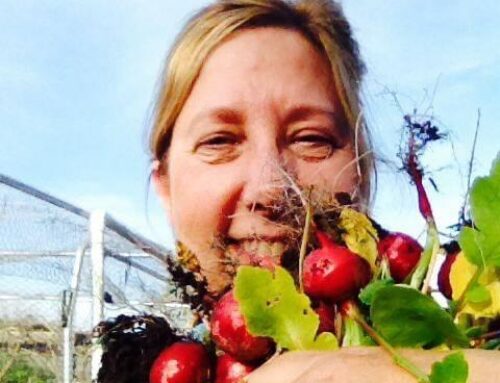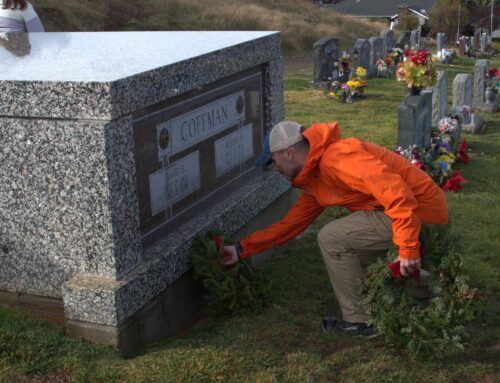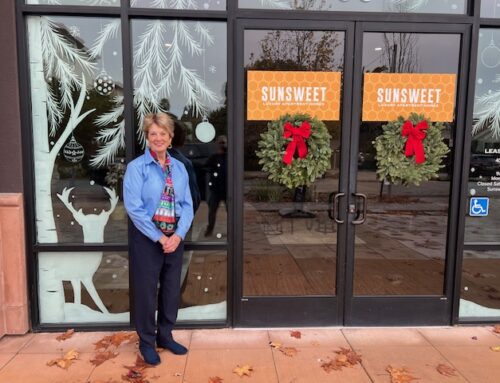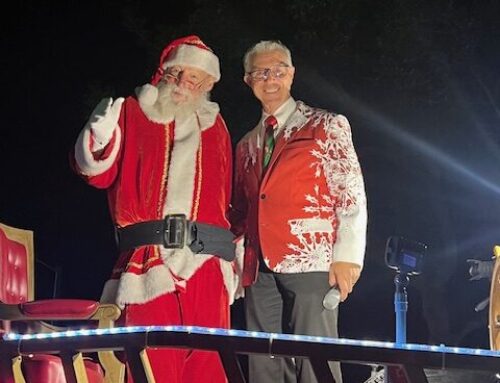Published in the April 26 – May 9, 2017 issue of Morgan Hill Life
By Cindy Adams

Cindy Adams
Working at a large winery I have the good fortune to meet many wine-loving people. Often I get asked, “How did you get into the wine industry?”
Now, I have to say that this is asked because this is not just a fun hobby for me. I am a certified sommelier (2nd level) and also a certified specialist of wine. I’ve made wine not only my passion but my career and spent time and money to further my education of this wonderful subject. So, how did I get into the wine industry?
Like many of you who live in this lovely area, I have always enjoyed spending an afternoon visiting the local wineries and tasting their wonderful offerings.
As I would sip, I’d also enjoy learning about the origins of the grapes, how the wine was produced, and what made the wines different. Over time, I was finding out that my interest in these things was surpassing my fellow tasters. So I considered actually pouring at one of our local wineries a couple of days a month.
The first time I did that, not only did I have the time of my life but, apparently, I was pretty good at it — and I was offered a permanent job at that winery. At the time, I was already working full time in another field, so I declined. But it planted the seed of what was to come.
This is when I started to think about changing careers and entering the wine industry. But, how would I get an education in this field?
I started researching becoming a sommelier and it was a daunting task. Then, one day, I saw an ad to join a class that was starting at the Professional Culinary Institute in Campbell to become a certified sommelier.
Just to explain, there are four levels of being a sommelier — Level 1 (sommelier), Level 2 (certified sommelier), Level 3 (advanced sommelier), and Level 4 (master sommelier). Level 1 consists of self-study, a one-day class and a multiple choice test. Level 2 consisted of a 10-week (20 hours per week) course which included lectures, tasting, wine analysis and hands-on serving practices. This was quite a commitment, both financially and a commitment of time. But I wanted to learn everything I could, so I jumped in.
There were 12 students in our class, and we were there Monday through Friday from 10 a.m. to 2 p.m., with just a short 15-minute break.
Most of our time was lecture, and we were fortunate enough to have David Glancy, a master sommelier, as our instructor. He is a very engaging speaker and the lectures were quite interesting. The last hour of the class was spent tasting wines from the regions we were studying.
This is much more work than it sounds. We carefully analyzed each wine, both verbally with the rest of our classmates, and then in writing in our own notebooks for further study. We could only taste these wines and if our “spit cup” wasn’t almost full by the end of class, we got a point off.
As time went on we started taking these tasting notes on a very advanced grid, on which we determined everything from smell to taste to what grape it was to the region it came from to the vintage.
Our curriculum was broken up by wine region with the longest unit being France. Later, we would also study wine service, other spirits and even a brief course on cigars.
The 10 weeks of our course went very quickly as we learned a lot. Suddenly we were facing our final exam.
This was broken out into three parts: a blind tasting of two wines (a red and a white) which we needed to analyze on the grid we had been using, a written exam of multiple choice and short answer questions and, finally, a service demonstration where we were tested in a mock restaurant setting where all of the guests were master sommeliers.
The entire test took us from 8 a.m. to 2 p.m. — then we awaited our results. As we chatted among ourselves, we were all convinced that we had failed miserably. Not so. All 12 of us passed the exam!
We celebrated with a bottle of wonderful Champagne which was “sabered” by our instructor. This is where the cork (and the very tip of the bottle) are removed with a very sharp sword. It’s quite a ceremony and was appropriate for our celebration.
Surprisingly, not all of my classmates ended up pursuing a wine career. Those who did (about two-thirds of the class) went into restaurant work, one started her own wine distribution business, and I went to work at Ridge Winery in Cupertino.
This was a wonderful place, but it was a 90-minute commute. Fortunately, I was offered a job at Guglielmo Winery as tasting room manager. There, I have spent the past 10 years happily serving wine, telling people about this wonderful beverage and expanding my tasting knowledge of the many great wine areas of California.
Cindy Adams, CS, CSW, is the director of retail operations at Guglielmo Winery.






